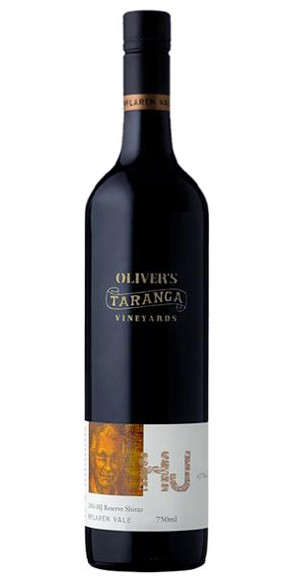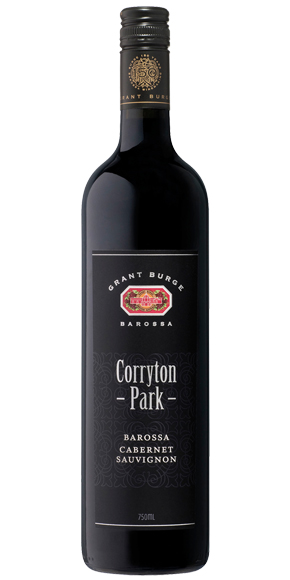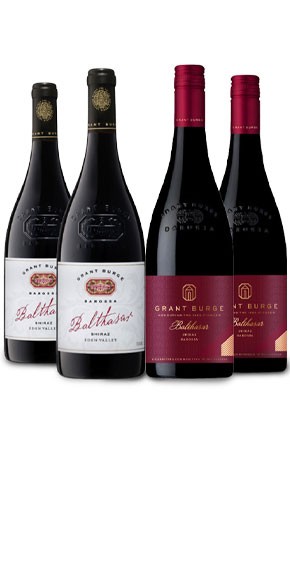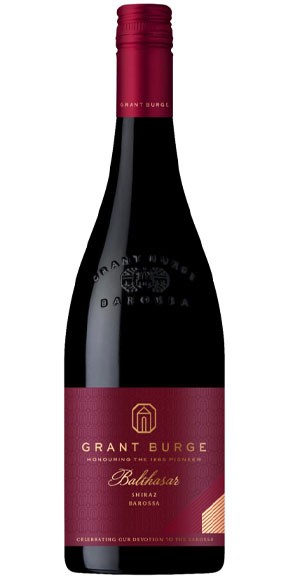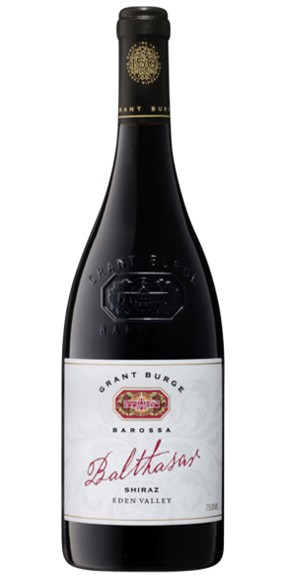Barossa Valley Wine
"A land of rolling hills and ancient vines, in the heart of South Australia, Barossa Valley is arguably Australia's most recognised wine region, but has not been without its ups and downs."
Barossa Valley's wine story began in the mid 1800s when a group of Silesian Lutherans, fleeing religious persecution, settled in the region and began working the land of Barossa’s largest land owner George Fife Angas. The settlers took to growing fruit and due to the climate in the region, grapes were most ideally suited and toward the en... read more
read less

